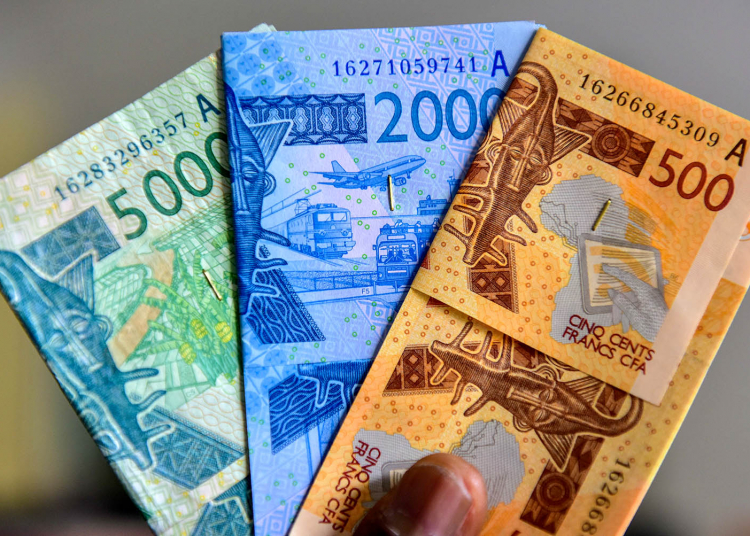Africa, a continent rich in cultural diversity, is home to a vast array of currencies. With 54 recognized countries, each with its unique currency, Africa presents a dynamic economic landscape. This article explores the different types of currencies in Africa and examines their impact on economic growth across the continent.
1. African Currencies: A Multitude of Forms
Africa boasts a range of currencies that vary in their nature and origin. These currencies can be broadly categorized into three types:
a. National Currencies: Most African countries have their own national currencies, which they control and issue through their central banks. Examples include the Nigerian Naira, South African Rand, Kenyan Shilling, and Egyptian Pound.
b. Currency Unions: Some regions in Africa have established currency unions to foster economic integration and stability. Notable examples include the West African CFA Franc (used by eight countries) and the Central African CFA Franc (used by six countries). The East African Community is also working towards a common currency for its member states.
c. Foreign Currencies: Due to historical and economic factors, several African countries utilize foreign currencies as legal tender alongside or instead of their national currencies. The most prominent foreign currency in circulation is the United States Dollar, followed by the Euro. Some countries have also adopted the South African Rand or the British Pound.
2. Impact on Economic Growth
The diverse currency landscape in Africa has both advantages and challenges, which significantly influence economic growth in the region.
a. Exchange Rate Volatility: Currencies with high volatility can hinder economic stability and impede growth. Fluctuations in exchange rates impact trade, investments, and the cost of imports and exports. African countries with their own national currencies often face exchange rate challenges, as their currencies may be vulnerable to external factors such as commodity price fluctuations and global economic conditions.
b. Monetary Policy Autonomy: Countries with their national currencies have greater control over monetary policy. Central banks can adjust interest rates, regulate inflation, and implement policies to promote economic growth. This autonomy enables governments to respond to local economic conditions and tailor policies accordingly.
c. Trade Facilitation: Currency unions and the use of stable foreign currencies can enhance trade within the region and beyond. Currency unions foster economic integration by eliminating exchange rate risks, reducing transaction costs, and facilitating cross-border trade. Similarly, using foreign currencies can attract foreign investors and promote international trade partnerships.
d. Financial Inclusion: Access to financial services is crucial for economic development. The availability of local currencies allows governments to develop robust banking and payment systems, promote financial inclusion, and support small and medium-sized enterprises (SMEs). By leveraging their national currencies, countries can foster domestic economic growth and reduce reliance on foreign currencies.
3. Challenges and Opportunities
While the diverse currency landscape in Africa presents opportunities, it also poses challenges for economic growth.
a. Fragmented Markets: The existence of multiple currencies complicates trade and investment, leading to fragmented markets. Harmonization of currency systems and increased regional cooperation are crucial for unlocking Africa’s economic potential.
b. Exchange Rate Management: Countries with volatile national currencies face the challenge of effectively managing exchange rates to promote economic stability. Adopting measures to reduce volatility, such as implementing sound monetary policies, diversifying economies, and attracting foreign investments, can contribute to sustainable growth.
c. Enhancing Monetary Cooperation: Strengthening currency unions and promoting regional integration can improve economic cooperation and reduce barriers to trade and investment. Collaborative efforts in areas such as harmonizing regulations, adopting common monetary policies, and establishing regional payment systems can enhance economic growth.
Conclusion
Africa’s diverse currency landscape presents both challenges and opportunities for economic growth. National currencies allow countries to exercise monetary policy autonomy, while currency unions and foreign currency adoption facilitate







